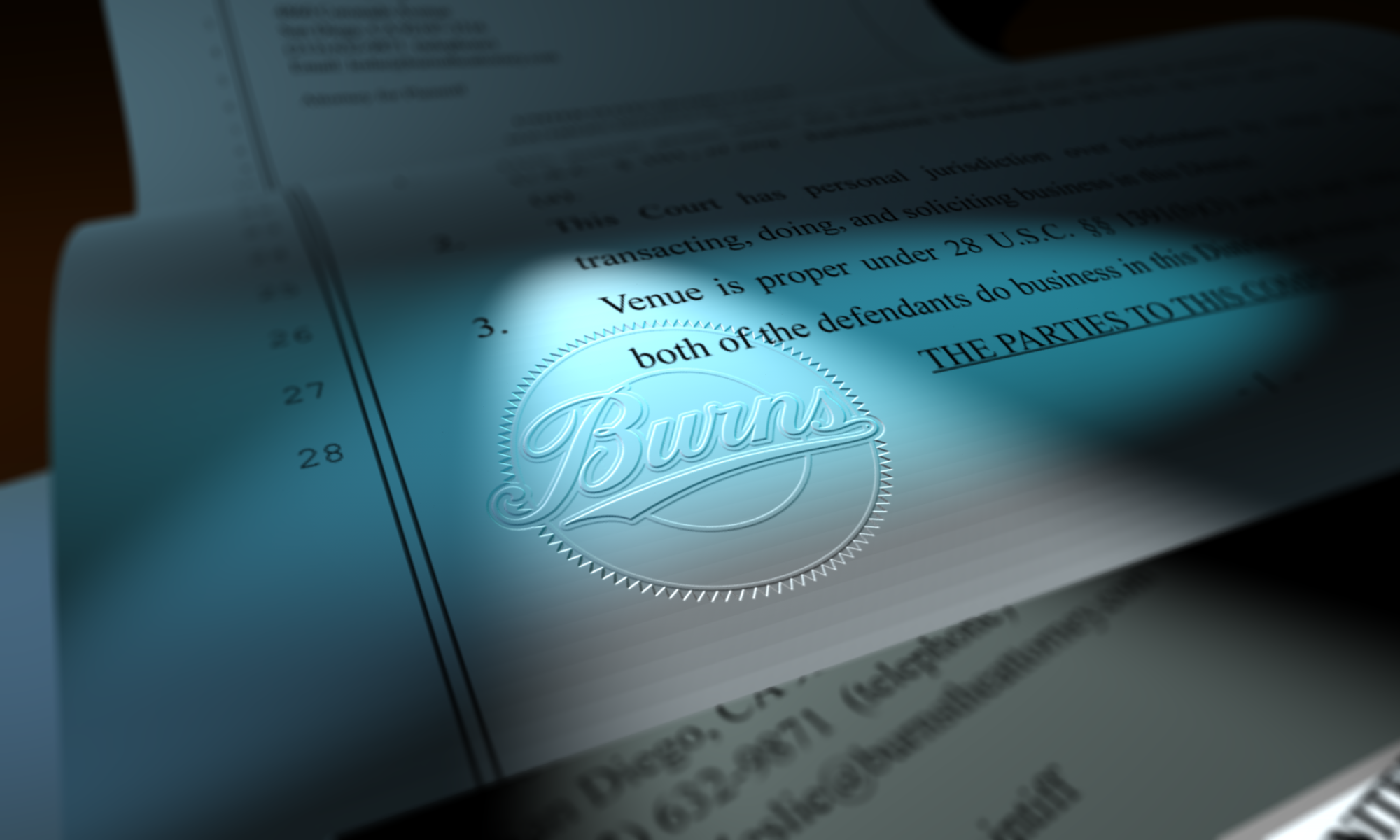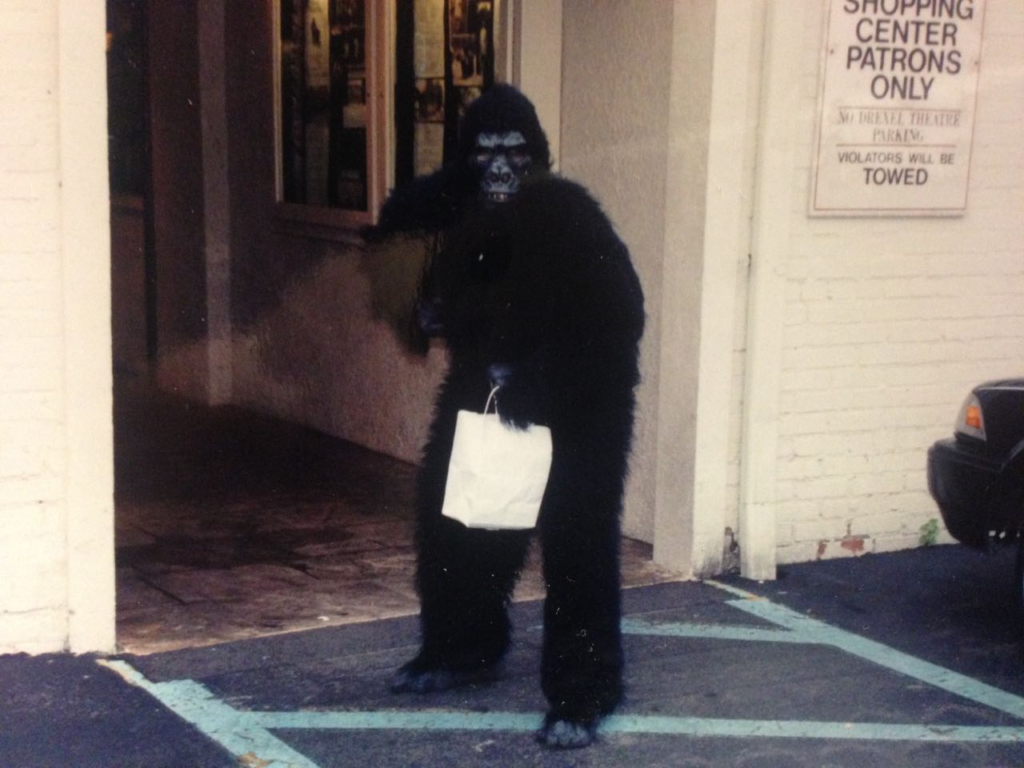If you’re in a non-same-sex relationship, 2020 brought you a new option if you live in California: domestic partnership. Before now, if you were not a same-sex couple, you could get married or stay completely single (even if you co-habitate—there is no common law marriage here). Now, you have the option of being in a civil union, without the marriage part.
For opposite-sex couples, this option was available before only when at least one person was 62 or older. For the general opposite-sex population, it was marriage or singlehood, period.
Forming and living in a domestic partnership is very much like a marriage, legally-speaking. You have to be 18 or older, file a short document (pdf) just like you do a marriage certificate and pay a small fee ($33 for the non-aged), but you don’t have to have any sort of ceremony so no officiant is needed. Of course, if you want to do something to celebrate the union, you can.
You can change your name(s), but you can’t pay taxes jointly (must do “married filing separately”). You also get the rights and privileges of marriage. In California, that means community property rules apply, although I wonder if the weird California treatment of copyrights will apply (see previous link). You also get to avoid real estate revaluation (for property tax purposes) if one of you dies, and you’re officially next-of-kin in emergency/medical situations.
Ending a domestic partnership within five years can be much easier than getting a divorce, but only if neither party owns real estate or has too much money or has a lease that won’t expire for more than a year. Once you have any of those things, you have to go through the same process as any dissolution of marriage. But without those things and within the 5-year window, you can end the partnership by filing a document and waiting six months for the split to be final.
Last thing: once in a domestic partnership, you can still get married to your partner, if you choose to at some later point. However, just like with marriage, you can’t marry someone else without legally dissolving the partnership first.
You can learn more on the California state government website, here.


